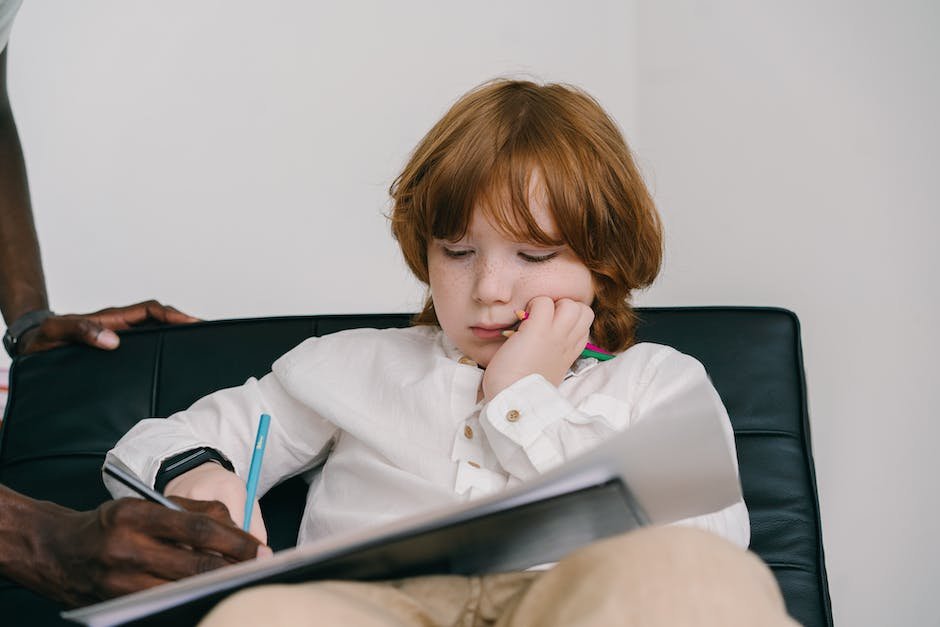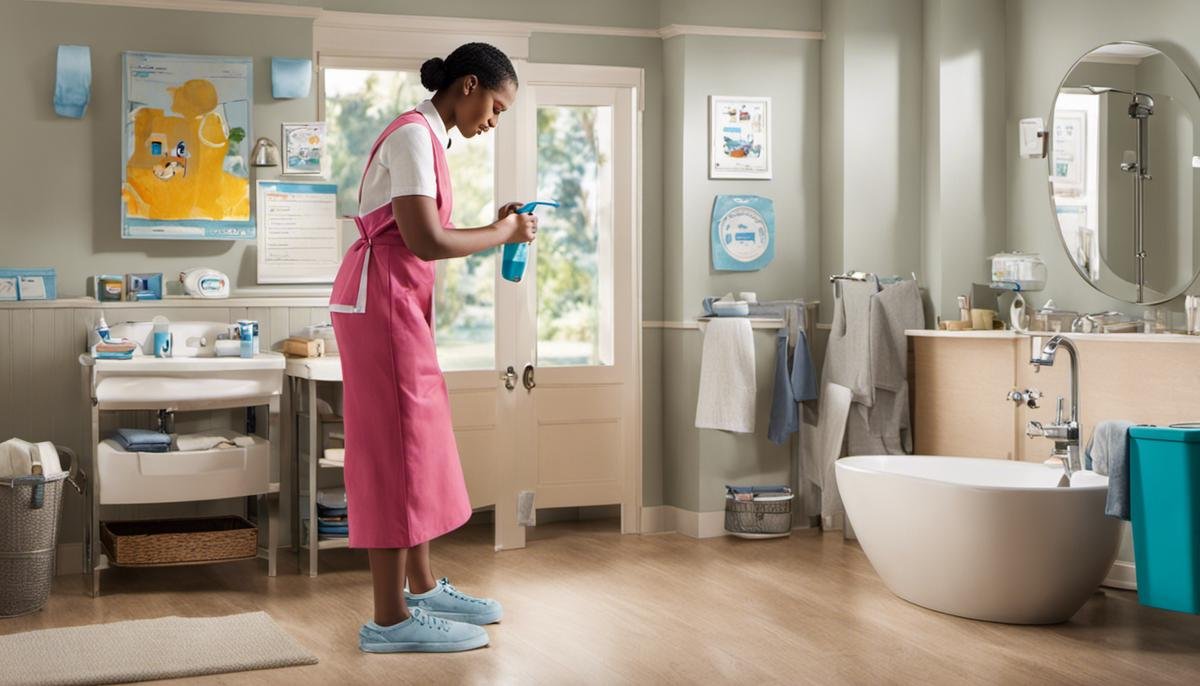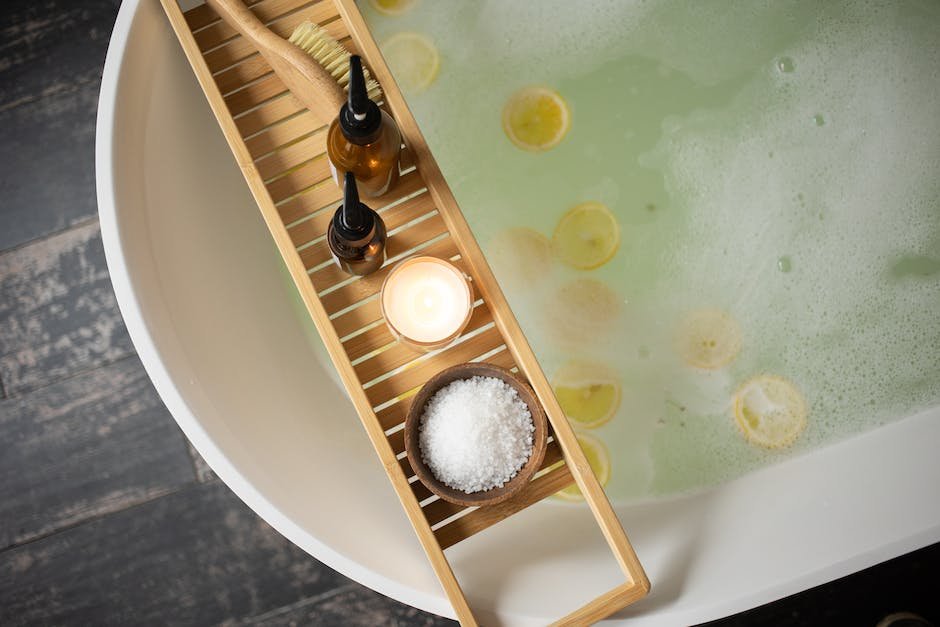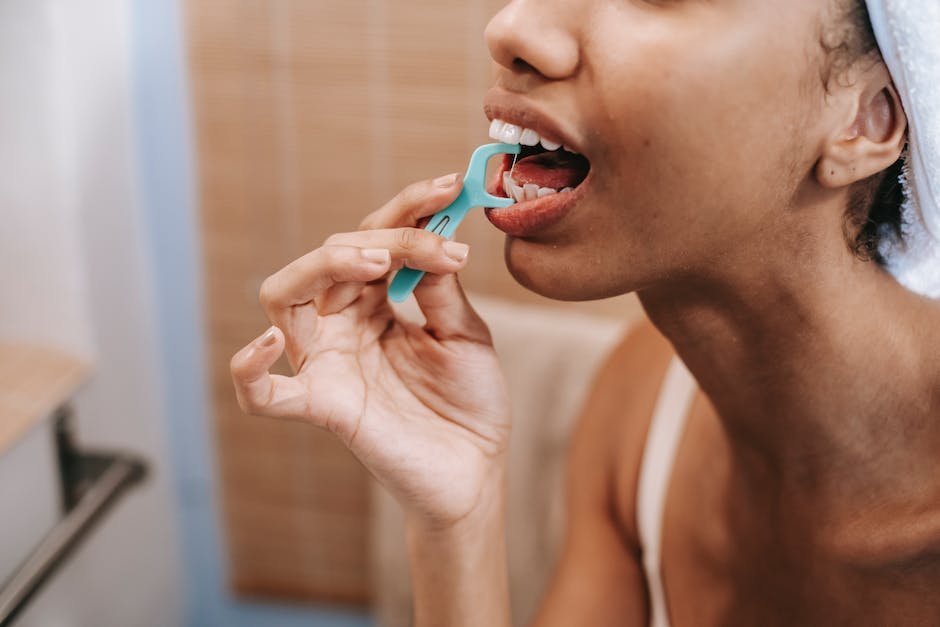
The challenges of autism vary extraordinarily, with traits such as sensory sensitivities or fixation on routines marking just some of the notable characteristics. Amid these challenges lies the often overlooked hurdle of personal hygiene practices but nonetheless, it has a profound impact on the individual’s quality of life. This article aims to illuminate the overlaps between autism and personal hygiene, exploring the distinctive struggles brought on by sensory issues or a preference for specific routines. Furthermore, it provides practical strategies for parents and caregivers looking to foster personal hygiene habits in their children, while acknowledging the necessity of a comforting atmosphere at home and the noteworthy role of professional assistance when needed.
Understanding Autism & Hygiene Struggles
Understanding Autism and Diving Into Common Hygiene Challenges
Navigating through life can is a whirlwind for all of us, but it can become a storm for individuals with autism. Often, hygiene becomes a daily struggle, making everyday life just a bit more challenging. With our years of diligent parenting and homemaking, we’ve gathered a trove of insights into these struggles and how to better manage them. Ready for the inside scoop? Let’s dive in!
Autism is complex and entails a multitude of unique sensory sensitivities and stimuli preferences. So, what might seem typically innocuous to a majority could be distressing for an individual with autism. This is particularly true when it comes to personal hygiene.
Rosy-cheeked and gleaming-eye children seldom consider brushing teeth as a pleasant experience. Yet, it’s an uphill battle for children with autism. They are often hypersensitive to the texture of the toothbrush, the vibration it causes, the flavor of the toothpaste, and even the action itself. As a result, tooth brushing can become a challenging endeavor both for individuals with autism and their caregivers.
Autism also goes hand in hand with a change room fiasco when the dreaded word “bathtime” is announced. This statement could send shivers down the spine because of the sensory overload it delivers. The sensation of water on the skin, the smell of soap, the echoing bathroom sounds – it can all overwhelm an individual with autism. Therefore, it’s no surprise that regular bathing does become a challenge to parents with autistic children.
Nail-trimming, often considered a routine part of personal grooming, becomes another hurdle for our autism warriors. The closeness required during this task can result in feelings of invasiveness. The sensory experience or the fear of pain can transform this seemingly simple activity into an anxiety-inducing event.
Another hygiene brouhaha is haircutting. The buzzing of clippers, the itch from fallen hair, the stench of salon products, or simply the idea of facing the mirror – any of these can culminate in significant discomfort for an individual with autism. Hence, ensuring head hygiene and appropriate grooming becomes difficult.
Lastly, the act of toileting could be a significant milestone for autistic individuals. The prospect of changing into clean clothes could seem daunting as they tend to gravitate towards familiar textures. Similarly, maintaining bowel and bladder hygiene also involves complex coordination and sensory experiences, which can be tricky for an individual with autism.
The world of autism may seem perplexing, often filled with a parade of hygiene dilemmas, but remember – you aren’t alone in this. As a community of supportive families, the challenges faced are near-universal. With shared compassion, patience, and persistence, let’s encourage our stellar individuals to overcome these hurdles. Handling these day-to-day activities may seem like climbing Mount Everest today, but remember, each summit journey begins with one brave step. Your path, though peppered with hurdles, is a testament to the love and dedication you have for your family. So, let’s keep sharing, learning, and growing together, one baby step at a time.

Strategic Tips for Hygiene Training
Practical Strategies for Teaching Personal Hygiene Habits to Individuals With Autism
Understanding that individuals with autism might experience difficulties in maintaining personal hygiene due to sensory sensitivities, it’s essential to approach teaching hygiene skills with patience, understanding, and compassion. If you’re on this journey, here are a few positive and practical strategies to consider.
-
Gradual Introduction of Hygiene Practices
It’s crucial to remember that each individual with autism is unique. Therefore, introducing one habit at a time might be necessary to avoid overwhelming them. Start with simpler tasks like washing hands before and after meals and gradually move to more complex ones such as showering and brushing teeth.
-
Use of Visual Schedules
Visual schedules can significantly aid the learning process. These step-by-step guides showcase each task within a certain hygiene regimen, allowing the individual to grasp and replicate these steps much easier. Additionally, these schedules can prompt individuals with autism to initiate hygiene tasks independently.
-
Leverage Comfortable Tools
Consider investing in tools that are comfortable for individuals with autism. For instance, consider toothbrushes with softer bristles, electric toothbrushes that reduce brushing time, or nail clippers designed for sensory-sensitive folks. Wearing noise-cancelling headphones during haircuts can also help minimize discomfort associated with the noise of the equipment.
-
Encourage Involvement in Purchases
Allowing individuals with autism to be part of choosing personal hygiene products can be empowering. This activity can turn into a learning experience where they learn about different products, their uses, and the importance of hygiene. Plus, they are more likely to use products they picked out themselves.
-
Create a Reward System
In situations where the individual is not intrinsically motivated to follow through with hygienic practices, a reward system can be beneficial. Offering positive reinforcement for completed tasks might increase their willingness and motivation.
-
Soap-free Bathing Days
On days where bathing could lead to sensory overload, consider soap-free baths. This way, the individual does not miss out on the habit of bathing even if the process is simplified.
-
Clothes That Make Dressing Easy
Personal hygiene also involves dressing appropriately. Clothing options that are easy to navigate, such as those with Velcro instead of buttons, should be considered.
-
Training in Familiar Environments
Teaching hygiene skills in familiar, comfortable environments can make a big difference. For example, practicing hand washing at home before trying it out in public spaces can help reduce anxiety.
-
Provide Privacy
As individuals with autism mature, privacy becomes critical. Make sure to respect their privacy, especially when dealing with personal hygiene. This can foster a sense of independence and dignity, further promoting the importance of regular personal hygiene.
-
Stay Positive and Patient
Lasting, remember that patience and positivity are key. It’s understandable to experience periods of frustration; however, these feelings should not overshadow the ultimate goal – making your loved ones feel comfortable, independent, and confident in their hygiene habits.
Remember, perseverance and love are crucial in this journey. Every milestone, no matter how small, is worth celebrating. While these strategies can be helpful, it’s vital to remember that each individual with autism has their unique strengths and challenges. Therefore, customizing these approaches to suit the specific needs and preferences of the individual is the best way forward.

Creating a Supportive Environment
Creating a Home Meeting Personal Hygiene Needs of Autistic Kids
Offering a supportive environment that is conducive to an individual with autism is always a priority for parents and care providers. One important aspect of this equation is the process of assisting in nurturing personal hygiene habits. With the many sensory sensitivities that coincide with autism, maintaining regular personal hygiene can be a bit of a hurdle. But worry not, because there are strategies you—an awe-inspiring parent or care provider—can implement to help establish a routine that works. And remember: you’ve got this!
The gradual introduction of hygiene practices is an invaluable first step. The task of tooth brushing or bathing can trigger sensory overload. It might help to introduce these activities in a incremental manner, reducing the anxiety that may be associated with such tasks. Bit by bit, they will become more comfortable with these tasks, turning a previously perceived enormous task into manageable pieces.
The use of visual scheduling can be also highly effective. Opt for colorful charts or cards depicting each step of a hygiene routine to ensure that the process becomes quicker, easier, and more manageable. Such visuals work like a charm in providing a clear understanding of what’s expected and can go a long way in establishing a seamless hygiene routine.
Moreover, consider trading in conventional hygiene tools for more comfortable alternatives. Electric toothbrushes, for instance, are not just fun to use but also less challenging—often providing a more gustatory sensory experience.
How about getting your child involved in purchases? The next time you stock up on items like toothpaste or shampoo, consider bringing your child along. This empowers them to make choices, inspiring their ownership of their hygiene habits.
A well-thought reward system could act as a brilliant motivating factor. Each time your child successfully completes a hygiene task without any fuss, reward them with their favorite activity or treat. This reinforces positive behavior and makes the whole hygiene task less intimidating.
On some days, consider soap-free bathing. This not only reduces water-related sensory intensity but also gives your child a positive, power-over bathing experience—sometimes all kids, especially those on the spectrum, need is just a nice rinse-off.
When it comes to dressing, clothes that are easy to wear and take off can significantly ease the process. Prefer soft, tag-free, seam-free clothing and those with elastic waists.
Always remember that familiarity breeds comfort. Therefore, training children with autism in environments they are comfortable with can significantly reduce the possible anxiety associated with hygiene tasks.
Always provide an ample amount of privacy to your child, especially as they grow older. It’s also a good way to impart lessons of dignity and self-reliance.
Most importantly, stay positive and patient. Dealing with personal hygiene could be an uphill battle initially. But is any battle too big for a warrior parent? Absolutely not! Your positivity and patience are crucial in such a journey, and in no time, you’ll see your efforts bear fruitful results. A supportive environment, after all, is born out of love, patience, and determination—and you’ve got plenty of that in spades!

Seeking Professional Help when needed
The importance of personal hygiene routines, especially for individuals with autism, is indisputable. But sometimes, despite dedication and tireless efforts to train, inspire, and encourage these children in their hygiene routines, there may come a point where professional help seems like a fitting and necessary option to consider.
Professionals trained in autism spectrum disorders understand the unique learning styles of individuals with autism and the various sensory aversions or preferences that may make routine personal hygiene tasks seem monumental and overwhelming. Yet, what specific signs might suggest it’s time to seek such expert help?
If the struggles of performing routine personal hygiene tasks consistently result in meltdowns or setbacks in other developmental areas, it might be a red flag. The persistent emotional distress on the child may hinder their overall development and well-being, making it crucial to explore professional guidance.
How about the child’s physical well-being? If poor hygiene is leading to frequent infections or illnesses, professional intervention becomes not just suitable but essential. A professional can develop a comprehensive, tailored strategy that addresses these problematic areas while prioritizing the child’s overall health and safety.
A child refusing to engage in hygiene practices despite attempts to incentivize, encourage, and accommodate their sensory needs is another sign. Some children need a neutral third party to guide them through these processes.
If, as parents or caregivers, your emotional well-being is dramatically impacted due to constant battles over hygiene tasks, it’s worth considering outside help. No one understands more clearly that parenting a child with autism is a marathon, not a sprint. Taking care of your own mental health is key to being able to provide the patient, supportive care your child requires.
The inability to find suitable alternatives or to adapt the environment and tools used in personal hygiene routines is another tell-tale indication. Professionals can provide recommendations and resources that may not previously been considered.
Last but not least, if the child shows little or no progress over time regardless of the efforts invested, professional help could add a fresh perspective, new techniques, and more adaptive strategies to the mix.
Seeking professional help might seem daunting; it’s an admission that, despite your unyielding love and dedication, your arsenal of solutions just doesn’t seem enough. Yet, it’s worth remembering that seeking help is not a defeat, it’s a step towards victory. It’s an acknowledgment of the countless variables involved in nurturing a child with autism, many of which can be navigated effectively with the help of professionals trained specifically in these complexities.
Autistic children, just like any other children, are wonderfully distinct and remarkably diverse. What works for one out-of-the-box thinker might not resonate with another. And that’s alright. There’s more than one way to teach hygiene, just as there’s more than one way to teach anything else. Success lies in patience, persistence, love, and sometimes, seeking a little professional guidance.

Achieving personal hygiene autonomy remains a critical aspect of every child’s development, and those with autism are no exception. However, unique obstacles demand inventive, empathetic strategies both at home and, when necessary, with the help of professionals. Parents must remember to employ visual aids, perform tasks consistently, and ensure their child’s interests are at the forefront of learning. Equally important is providing a calming, sensory-friendly living space. All the while, it is crucial to remember that improvement takes time, and that professional help, such as occupational therapists, stand ready to provide necessary assistance. Armed with knowledge, patience, and creativeness, overcoming the hygiene challenges in autism is a sure possibility.




